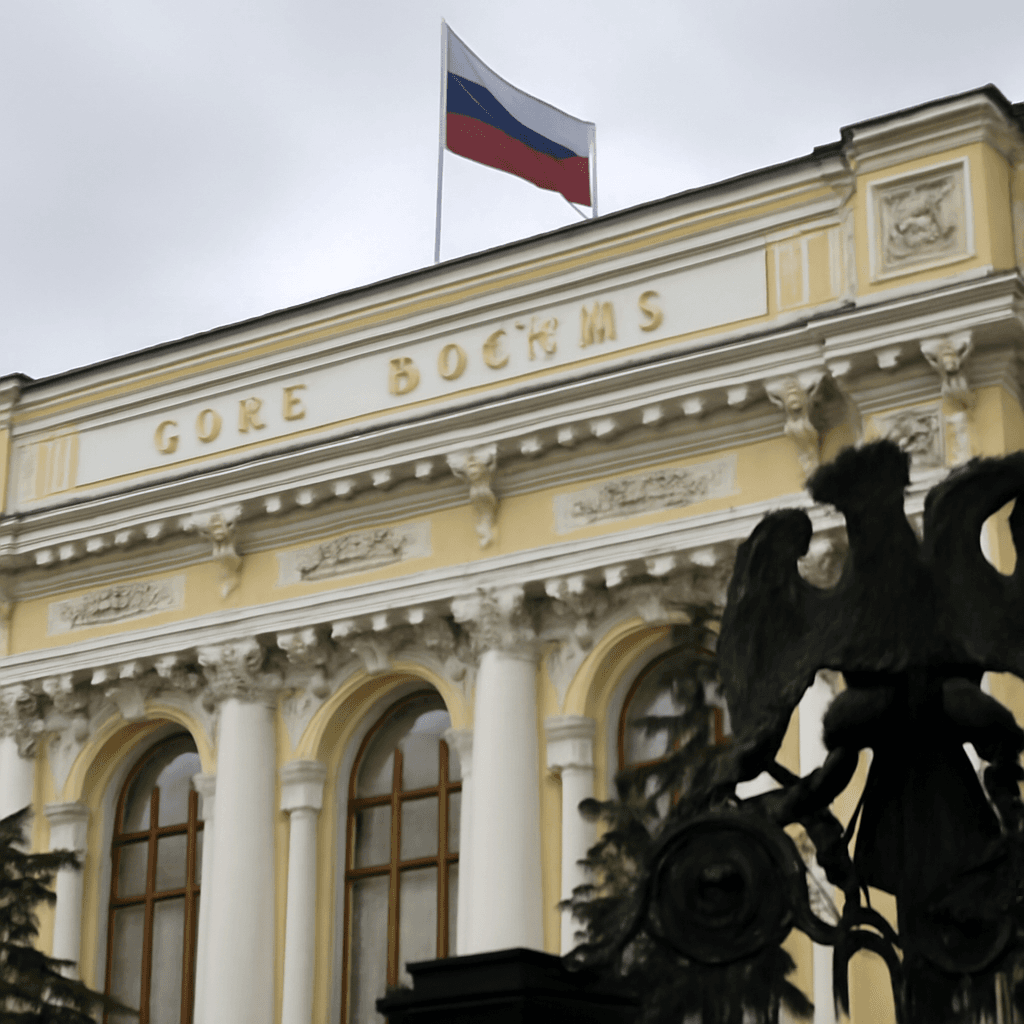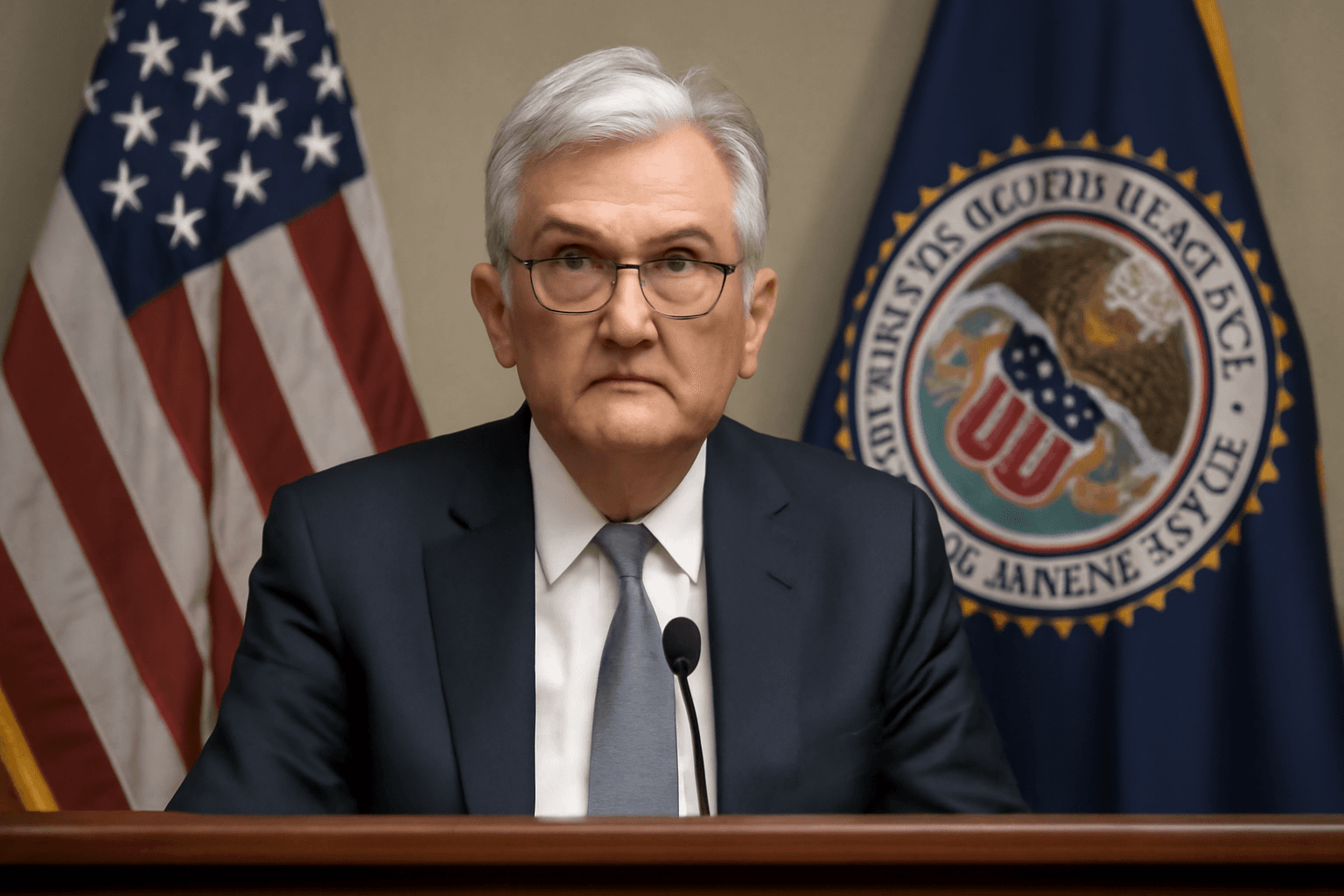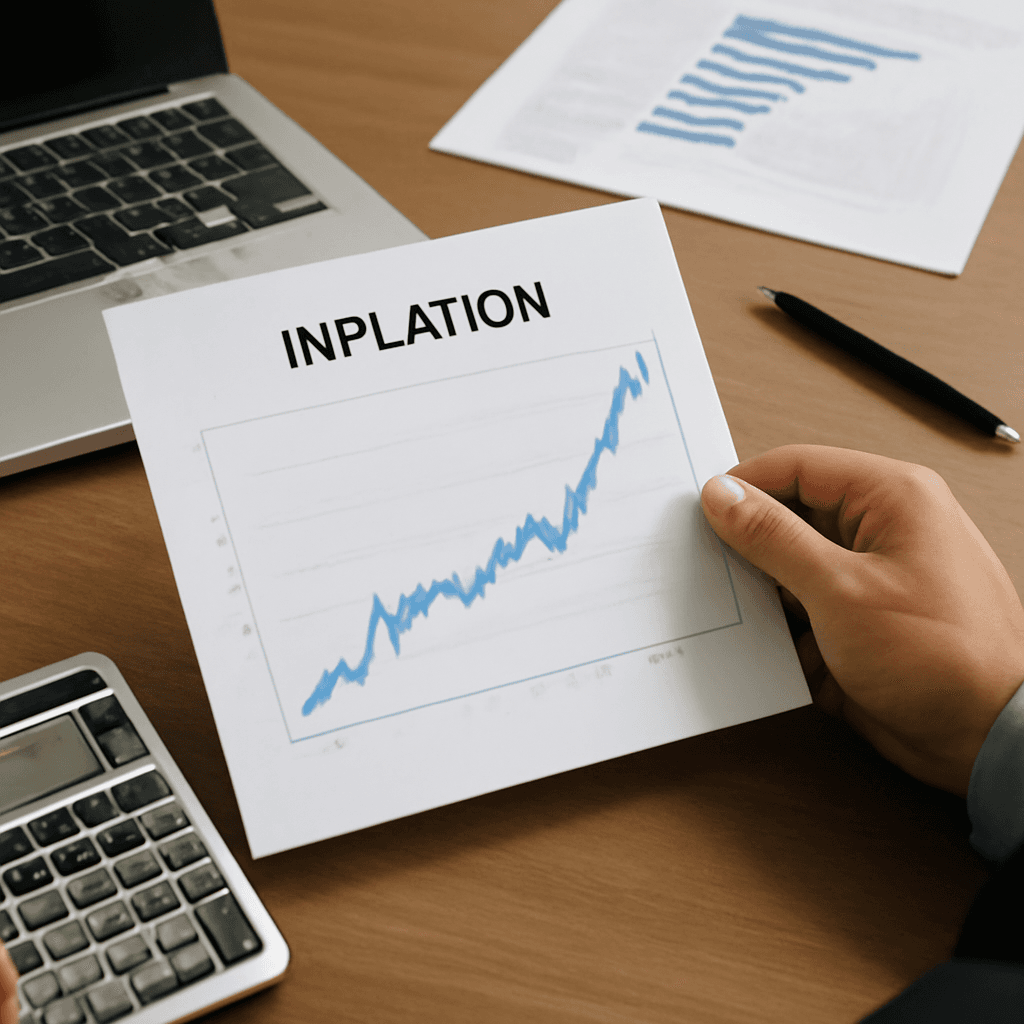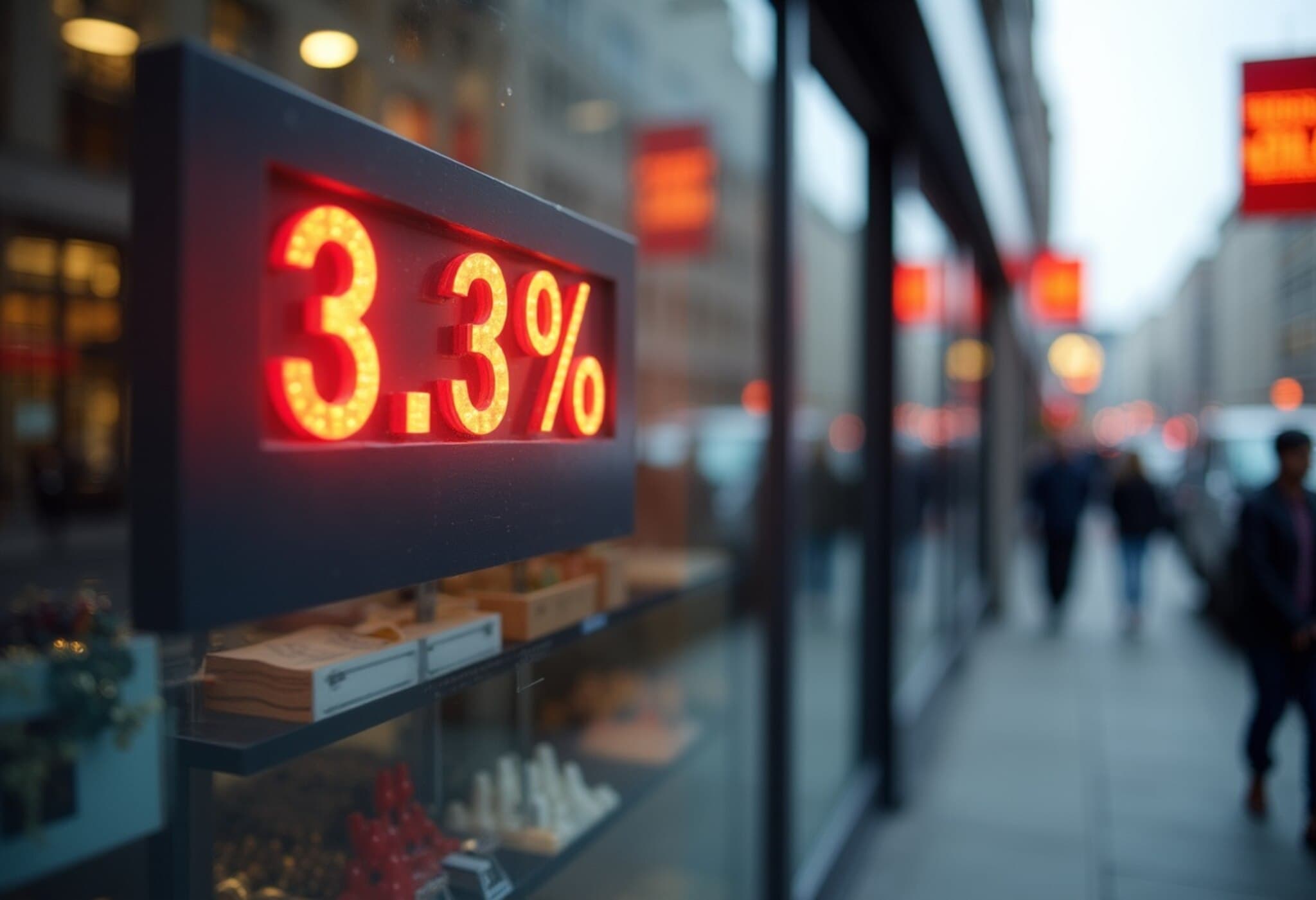Car Tax Data Error Leads to Inflation Rate Revision
The Office for National Statistics (ONS) has disclosed an error in the calculation of the United Kingdom's inflation rate for April 2025. The annual Consumer Price Index (CPI) increase was overstated by 0.1 percentage points following inaccuracies in car tax data, specifically Vehicle Excise Duty (VED) figures provided by the Department for Transport.
Initial Inflation Figures and Subsequent Revision
In May 2025, the ONS initially reported that the U.K.'s inflation rate reached 3.5% year-over-year in April, exceeding analyst forecasts. The updated figures released later reduced the inflation rate to 3.4% for the same period, which still remains above the 3.3% level expected by financial analysts.
Impact of the Vehicle Excise Duty Data Error
The error stemmed from an overstatement in the number of vehicles subject to VED rates applicable in the first year of registration. This misreporting directly affected the headline CPI and the Retail Prices Index (RPI) annual rates, causing the inflation figures for April 2025 alone to be inflated by 0.1 percentage points. The ONS confirmed that no other periods were impacted.
ONS Response and Commitment to Data Accuracy
While these statistics will not be revised retroactively due to the ONS’s consumer prices revisions policy, the agency has acknowledged the mistake and expressed apologies. It plans to implement strengthened quality assurance measures for external data sources to prevent similar issues. Correctly adjusted data will be incorporated starting from May 2025, ensuring future inflation statistics reflect accurate input.
Reputation and Data Reliability
This incident adds to existing concerns regarding the accuracy and reliability of the ONS's data, which has faced criticism previously. The agency’s transparent explanation and commitment to process improvements are vital to maintaining public trust and economic analysis integrity.
Summary of Key Points
- April 2025 CPI inflation originally reported as 3.5%, revised down to 3.4%
- Overstatement caused by incorrect Vehicle Excise Duty data from the Department for Transport
- Error affects inflation rates only for April 2025; no other months impacted
- ONS apologizes and will enhance data quality assurance procedures
- Future inflation data from May 2025 onwards will use corrected figures













